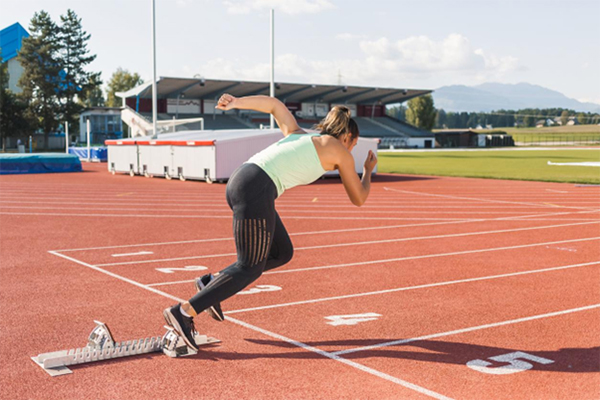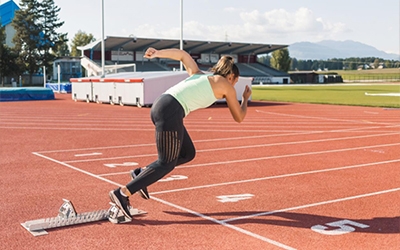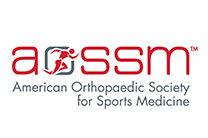
The hip is the powerhouse of movement, driving strength and stability in nearly every sport—whether sprinting down the field, pivoting on the court, or driving a golf swing. But when this vital joint is injured, performance suffers. Hip labral tears are common in athletes, causing pain and instability. Understanding why these injuries happen is key to prevention and effective treatment.
Understanding Hip Labral Tears
The labrum is a ring of cartilage that lines the hip socket, providing stability and cushioning. A tear in the labrum can cause pain, clicking sensations, and restricted movement. While labral tears can result from structural issues, athletes often develop them due to repetitive stress and trauma.
Why Are Athletes More Prone to Hip Labral Tears?
High-Impact Movements: Sports that involve jumping, sprinting, and sudden directional changes—such as basketball, soccer, and football—place excessive force on the hip joint. These movements can strain and eventually tear the labrum over time.
Repetitive Hip Rotation: Athletes in sports like golf, baseball, and tennis frequently twist their hips, creating repetitive stress on the joint. Over time, this motion can cause small tears in the labrum that worsen with continued play.
Extreme Flexibility and Range of Motion: Gymnasts, dancers, and martial artists require extreme hip flexibility, sometimes forcing their joints beyond normal limits. This excessive motion can cause the labrum to pinch or tear, leading to instability and pain.
Contact and Collision Risks: High-contact sports like football, hockey, and rugby put athletes at risk for direct blows to the hip. A sudden impact can cause an acute labral tear, especially when combined with awkward landings or falls.
Underlying Structural Issues: Some athletes have hip impingement (FAI - femoroacetabular impingement), where the ball and socket don’t fit together properly. This condition increases the likelihood of labral tears when performing repetitive hip movements.
Conservative Treatment Options for Hip Labral Tears
Labral tears can effectively be treated with conservative treatment:
- Rest & Activity Modification – Reducing high-impact movements can relieve pain.
- Physical Therapy – Strengthening surrounding muscles improves hip stability.
- Intra-articular Injections - These may reduce joint pain and inflammation.
When Surgery May Be Necessary
For persistent mechanical hip pain, hip arthroscopy may be recommended. This minimally invasive procedure repairs the torn labrum and removes any impingements contributing to the injury.
Dr. Bharam specializes in hip and groin conditions for athletes and active individuals. Schedule a consultation today to create a treatment plan that keeps you strong, mobile, and performing at your best.
AUTHOR: Srino Bharam MD, MBA is a board-certified, fellowship-trained sports medicine orthopedic surgeon and professor of orthopedic surgery specializing in the treatment of athletic injuries of the hip and groin. Dr. Bharam has over 20 years of experience in treating injuries and conditions of the hip to restore athletes and patients to an active lifestyle.












